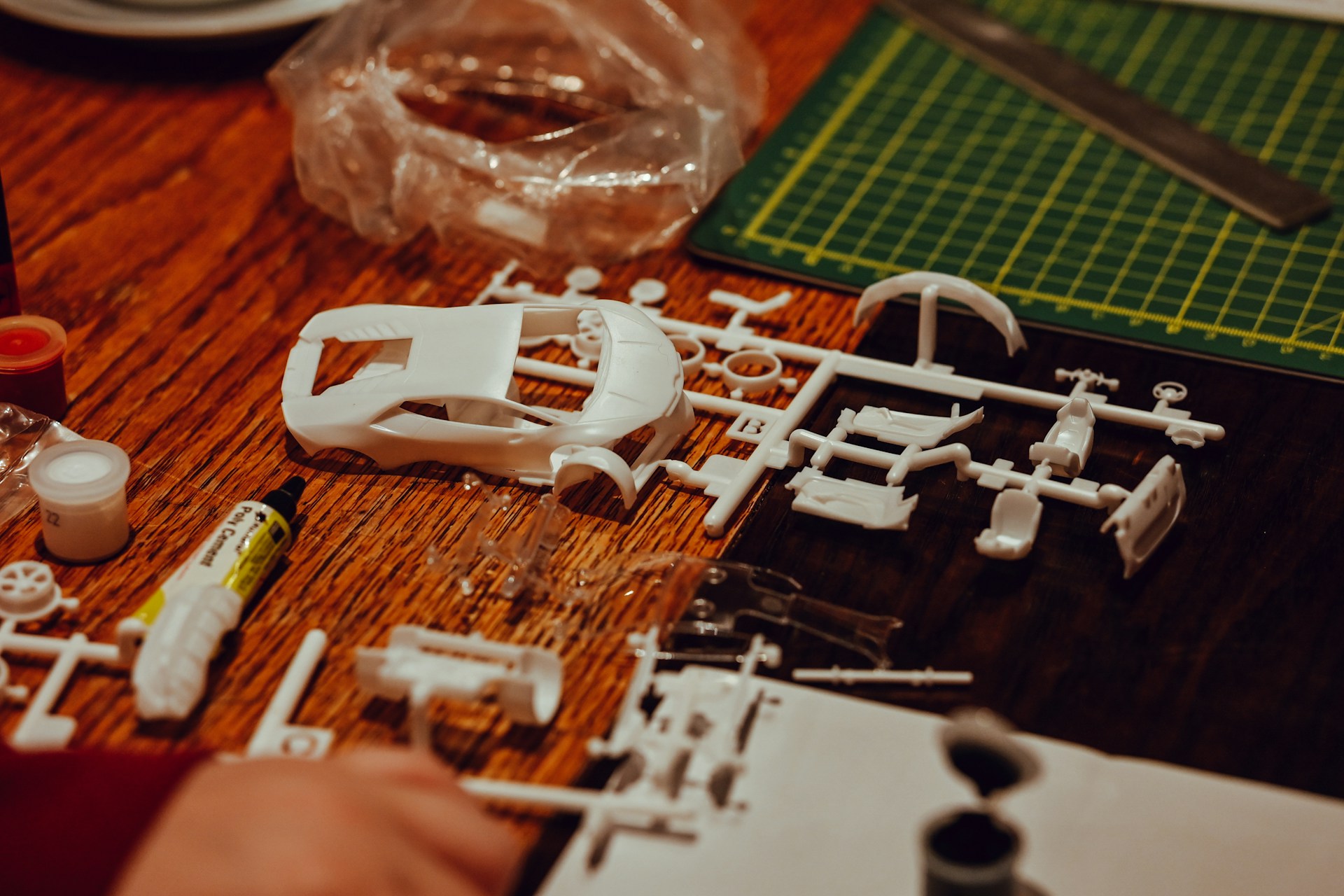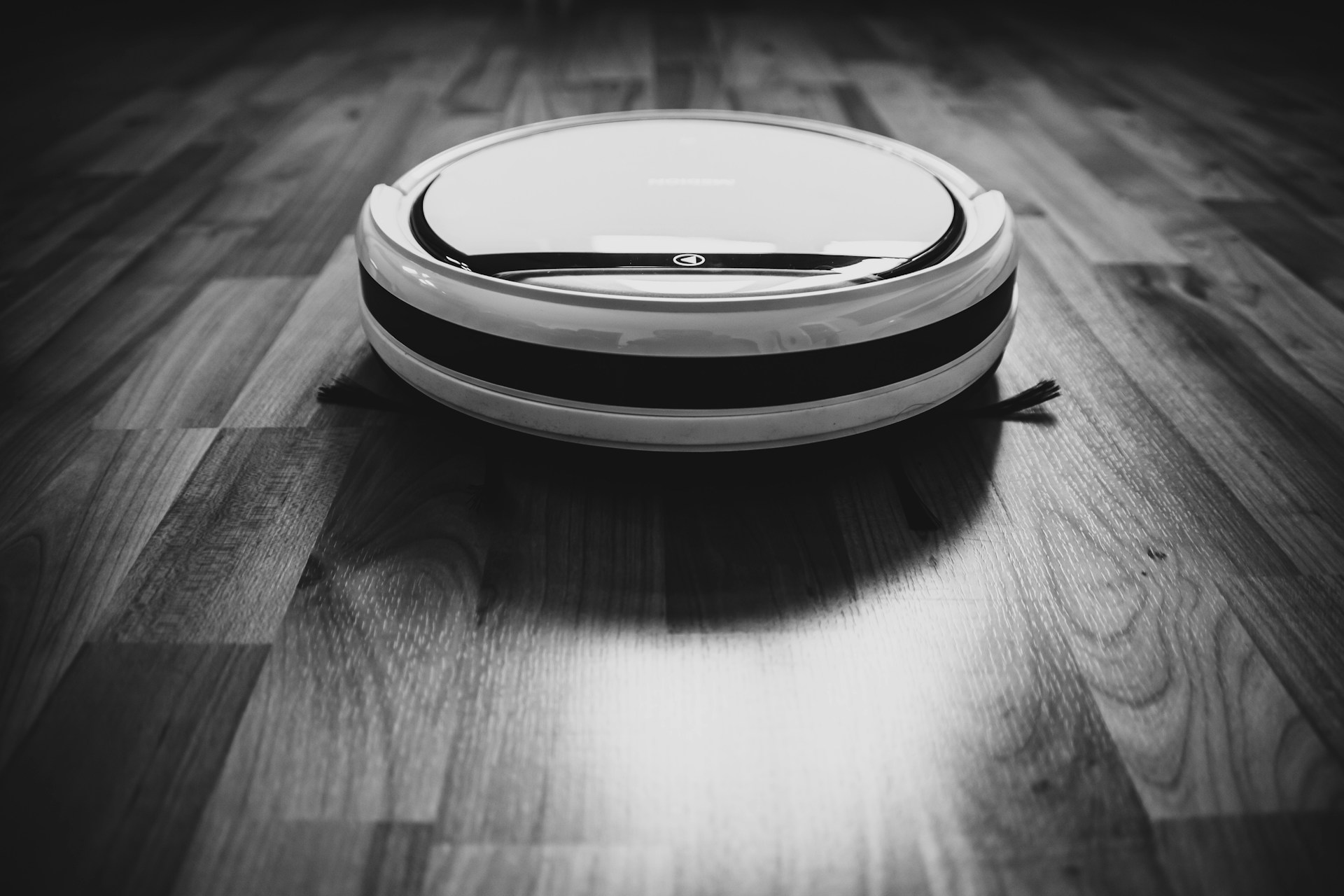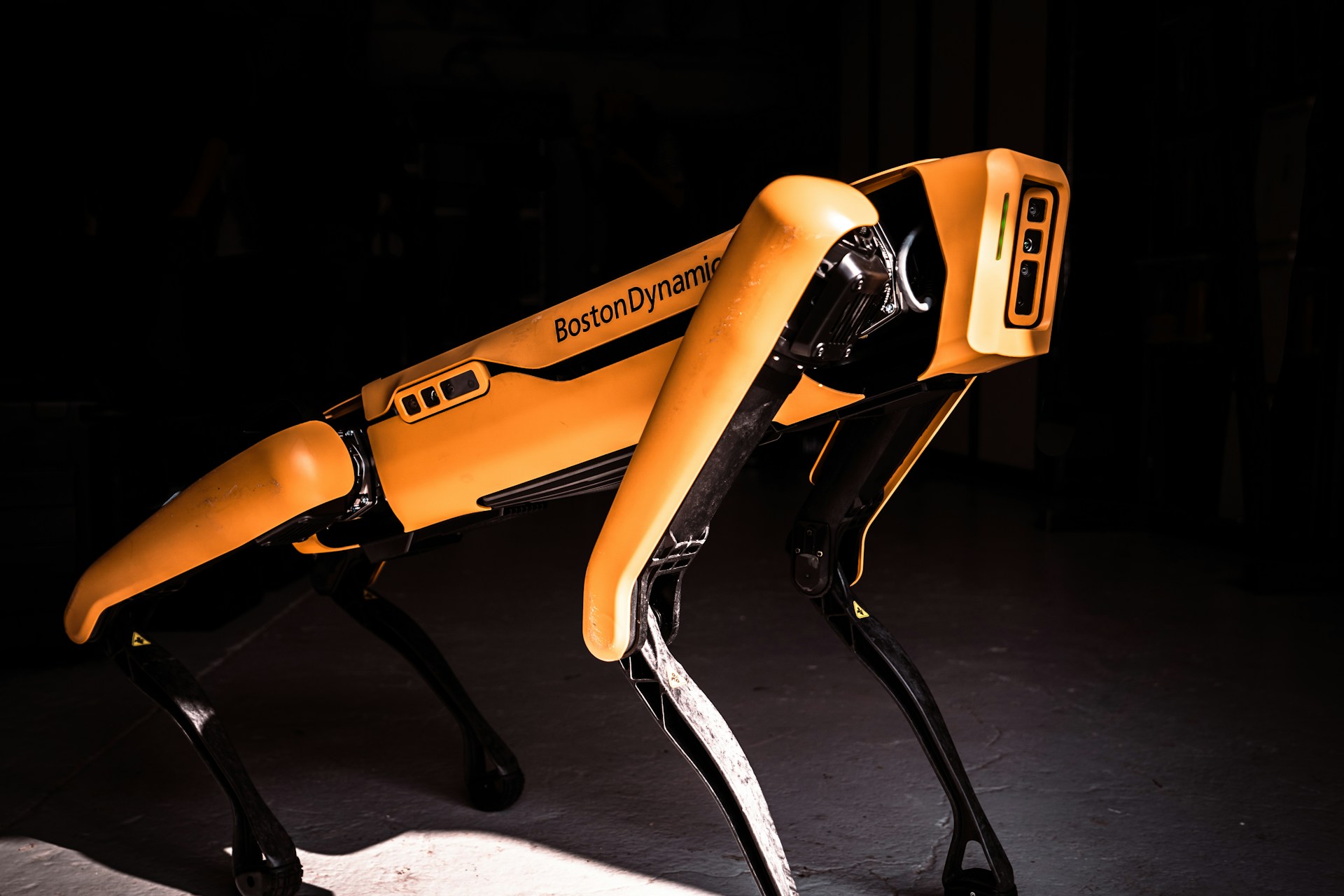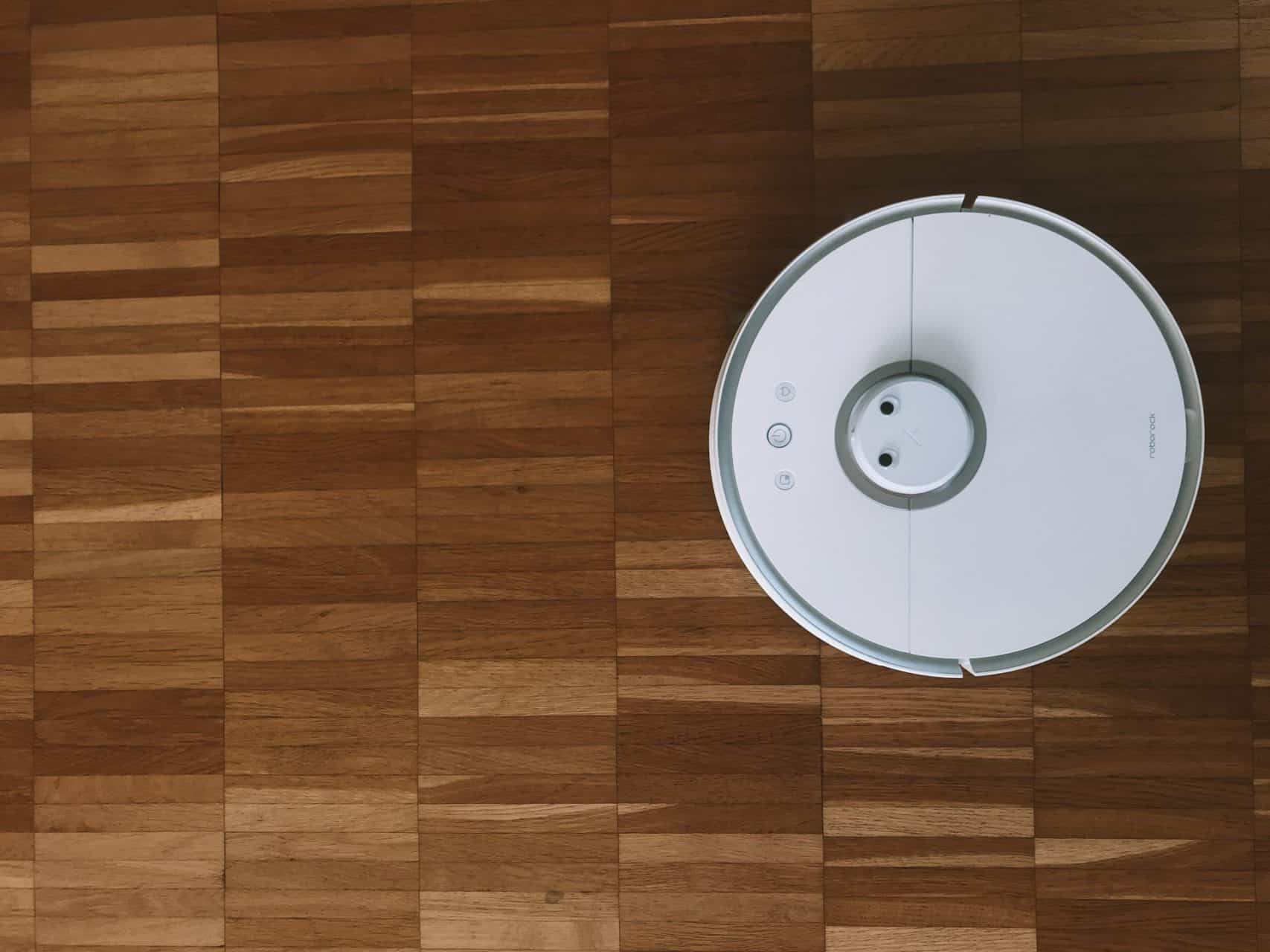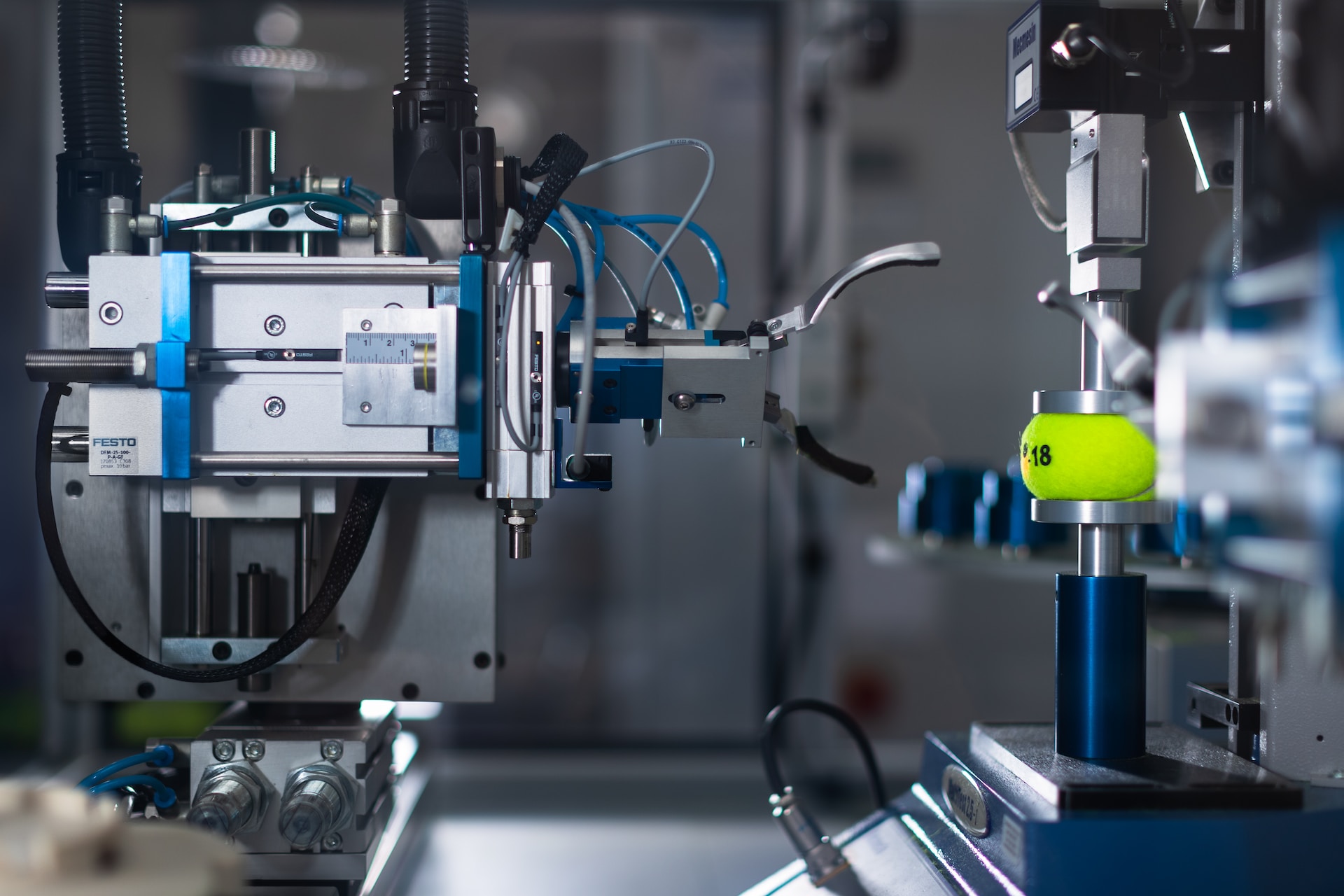
5 Fascinating Uses for Force Torque Sensors
October 9, 2023 - Emily Newton
Revolutionized is reader-supported. When you buy through links on our site, we may earn an affiliate commission. Learn more here.
What are force torque sensors used for? Many people aren’t aware of the important role these sensors play in everything from manufacturing to cars. These sensors employ some incredible engineering to help machines, robots and vehicles function. How do force torque sensors work? What are they commonly used for?
Different Types of Force Torque Sensors
There are a few different kinds of force torque sensors that are all similar devices but have some key differences. Each measures slightly different kinds of data.
Force and torque are two different but related concepts. In physics and engineering, force is anything that causes an object to move in some way. It could be a push applied, pull, shove, even gravity. Regardless of what causes the motion, force is always linear, meaning it is applied in a straight line.
Torque is slightly different. It is a special type of force that causes an object to rotate around an axis. Torque is measured and described as rotational force. So, a force might cause a cause to move in a straight line but torque is causing the wheels to rotate beneath it.
Sensing these two different kinds of forces usually requires separate sensors. Pure force sensors only measure linear force. Pure torque sensors only measure rotational force. Combined force torque sensors are a newer technology that can measure both linear and rotational motions with one sensor unit.
5 Top Uses for Force Torque Sensors
All three types of force sensors are found in a wide variety of applications today. Robotics is the most common, but there are many others. What are a few of the top uses for these sensors today?
1. Robotic Manufacturing
The most common application for sensors that measure force and torque today is industrial robotics. Six-axis robotic arms have become extremely popular in manufacturing where they can move things around and work on assembly lines.
Sensors help robots determine the right amount of pressure to apply when they interact with different objects. The sensor is usually integrated with the robot’s end-of-arm tooling, or EOAT, which could be a claw, suction gripper, tool or dozens of other manipulators. To use the EOAT correctly, the robot needs some way to gauge how much force it must apply to an object.
Force torque sensors allow robots to sense force in three dimensions rather than just one. So, they can reach for a box, apply linear force to pick it up, apply rotational force to turn it on its side and set it back down again. The ability to measure force both linearly and rotationally makes six-axis industrial robots much more versatile, allowing them to perform a greater variety of tasks.
2. Automotive Sensors
Force and torque sensors are both important components of many vehicles today. For example, the safety systems of consumer vehicles often have numerous force sensors which help detect when the vehicle hits another object. If the force sensor measures a hard impact, it can trigger emergency features like airbags or braking.
These sensors also help with quality of life features in consumer vehicles. For example, a truck made for off-roading might have extra sensors for monitoring the torque of the wheels for 4WD. Some cars and trucks also have sensors that measure the force applied to a trailer hitch so drivers can make sure they’re not overtaxing their vehicle.
3. Construction Equipment
Force torque sensors are highly important in many pieces of construction equipment, particularly cranes. Construction vehicles are designed to lift and move heavy loads, but safe operation requires some way to monitor the vehicle’s performance. After all, even construction vehicles have their mechanical limitations.
Different force sensors allow construction workers to view exactly how much linear or rotational force their vehicle is applying. If either measurement exceeds safe limits, the operator can stop the vehicle immediately. Some construction equipment even uses connected IoT sensors that can automatically trigger an alert if a sensor detects unsafe conditions.
Force torque sensors are crucial in cranes. They have a uniquely high risk of tipping and have to apply both linear and rotational force to lift and move objects. Torque is especially important since it is the type of force acting on the crane’s mechanical pulley systems. Those systems determine how much a crane can safely lift. So, monitoring torque is absolutely critical for safety and project success.
4. Medical Robots
Robots aren’t performing all of our surgeries yet, but they are helping out on a growing number of procedures. Due to the highly sensitive nature of surgical tasks, it’s essential that medical robots have finely tuned force torque sensors.
Most of today’s medical robots are built for singular, specific tasks, unlike the multi-purpose six-axis robots common in manufacturing. As a result, many medical robots only need either one type of force sensor rather than a combined unit.
Next-gen medical robots may become more multi-purpose, though. So, down the road it’s likely that medical robots will use combined sensors like today’s industrial robots.
5. Infrastructure Monitoring
Machinery and robots aren’t the only things that use sensors to measure different types of force. Construction companies and local governments also use these sensors to monitor the structural health of buildings, roads and bridges.
For example, force and torque sensors embedded in a bridge could indicate whether the bridge is level and how stable it is under everyday strain. Sensing technology is particularly important for structures in areas prone to earthquakes and other natural disasters. The sensors can determine if a building is still safe after a tremor or how much vibration or force it can safely withstand.
There are also cases where force and/or torque sensors help infrastructure function more efficiently. For example, some stop lights have force sensors underneath the pavement to detect when a vehicle is waiting at the light. This allows the light to adapt as traffic demands change.
The Amazing Capabilities of Force Torque Sensors
Sensors might seem like a small part of any robot, vehicle or piece of equipment. However, they play a vital role in performance and safety. Force torque sensors recreate humans’ sense of touch for mechanical systems. They help robots lift things properly and ensure cranes operate safely. Force torque sensors are essential in countless everyday objects and systems.
Revolutionized is reader-supported. When you buy through links on our site, we may earn an affiliate commission. Learn more here.
Author
Emily Newton
Emily Newton is a technology and industrial journalist and the Editor in Chief of Revolutionized. She manages the sites publishing schedule, SEO optimization and content strategy. Emily enjoys writing and researching articles about how technology is changing every industry. When she isn't working, Emily enjoys playing video games or curling up with a good book.
